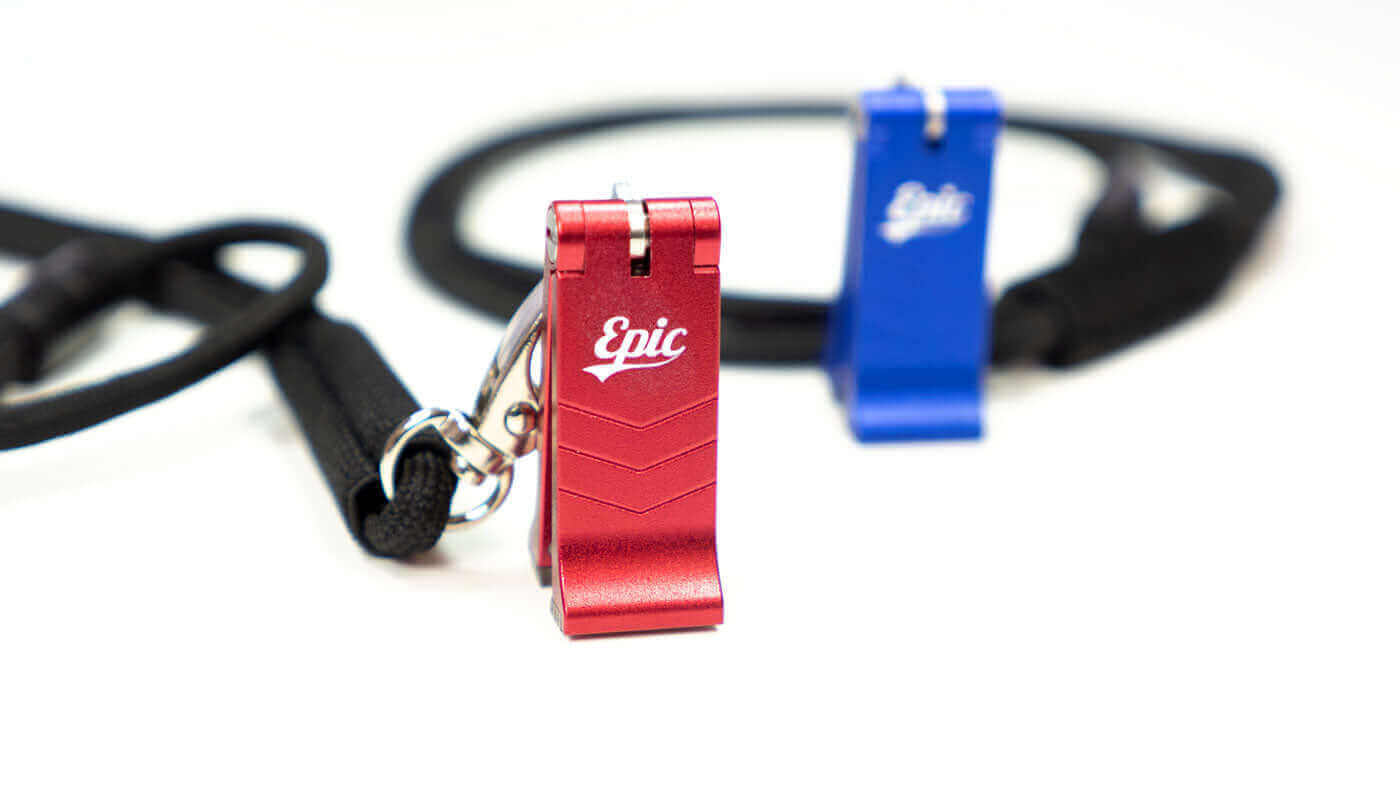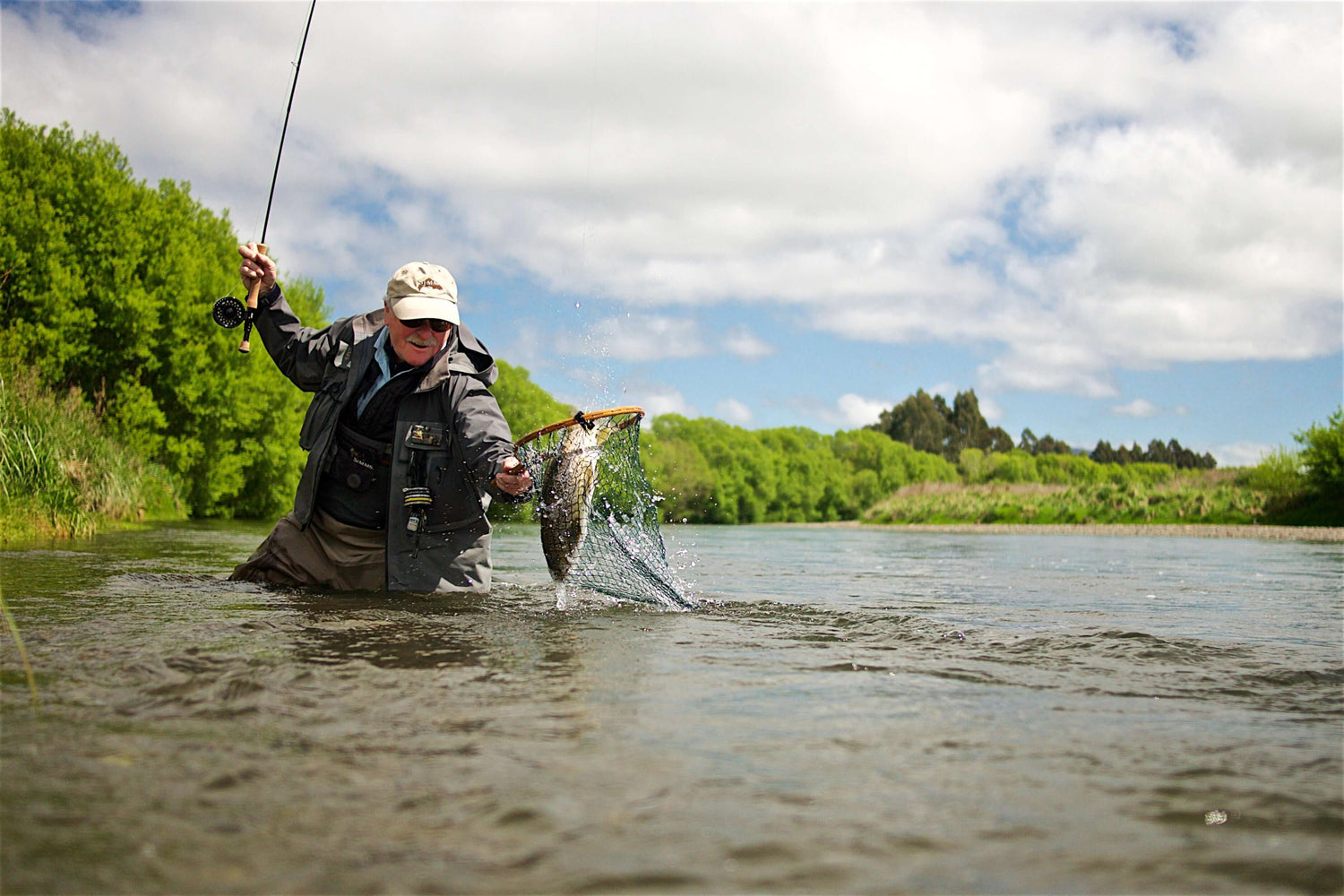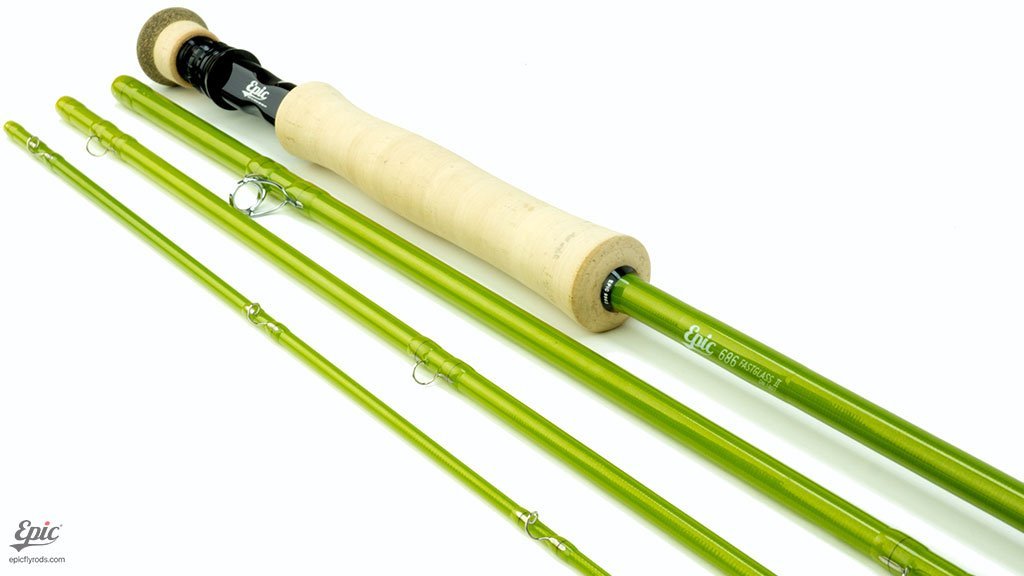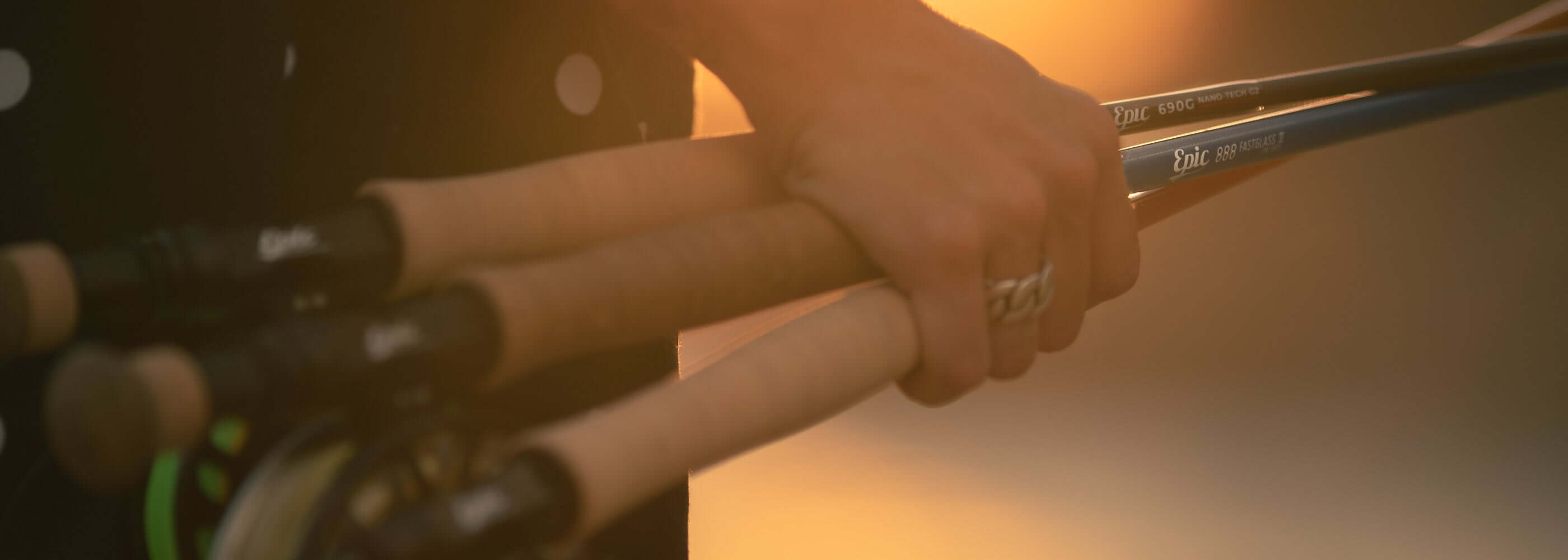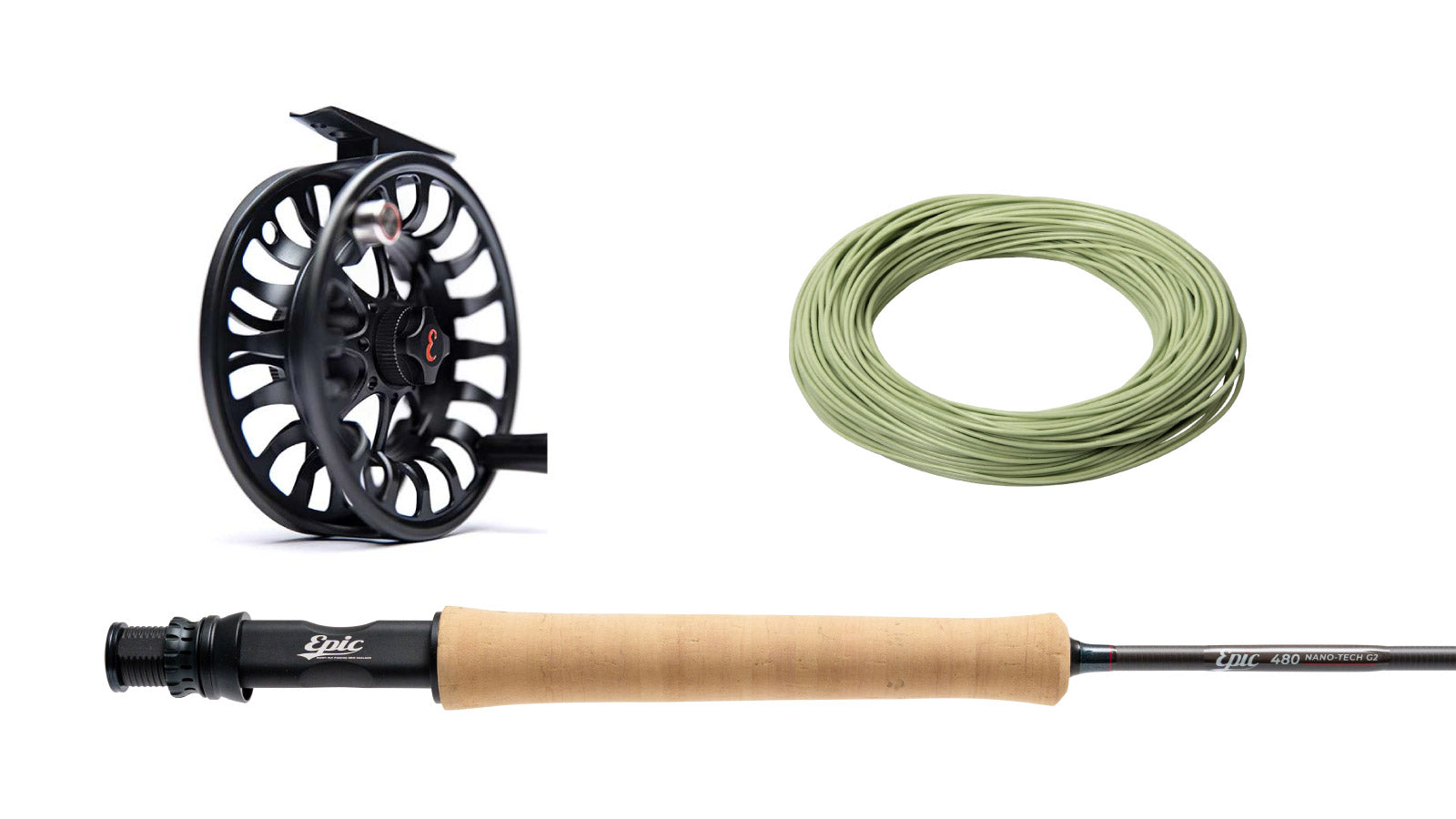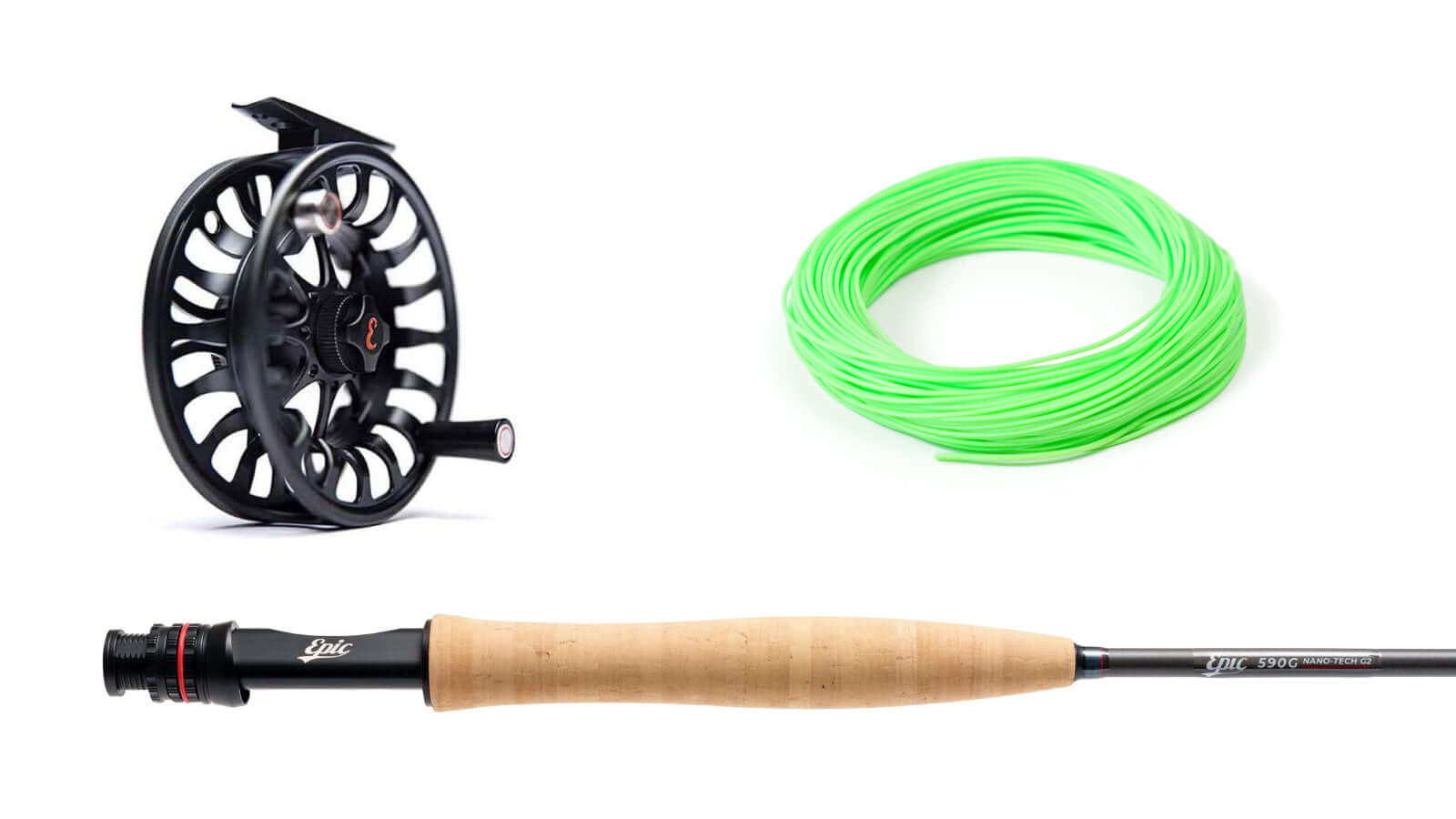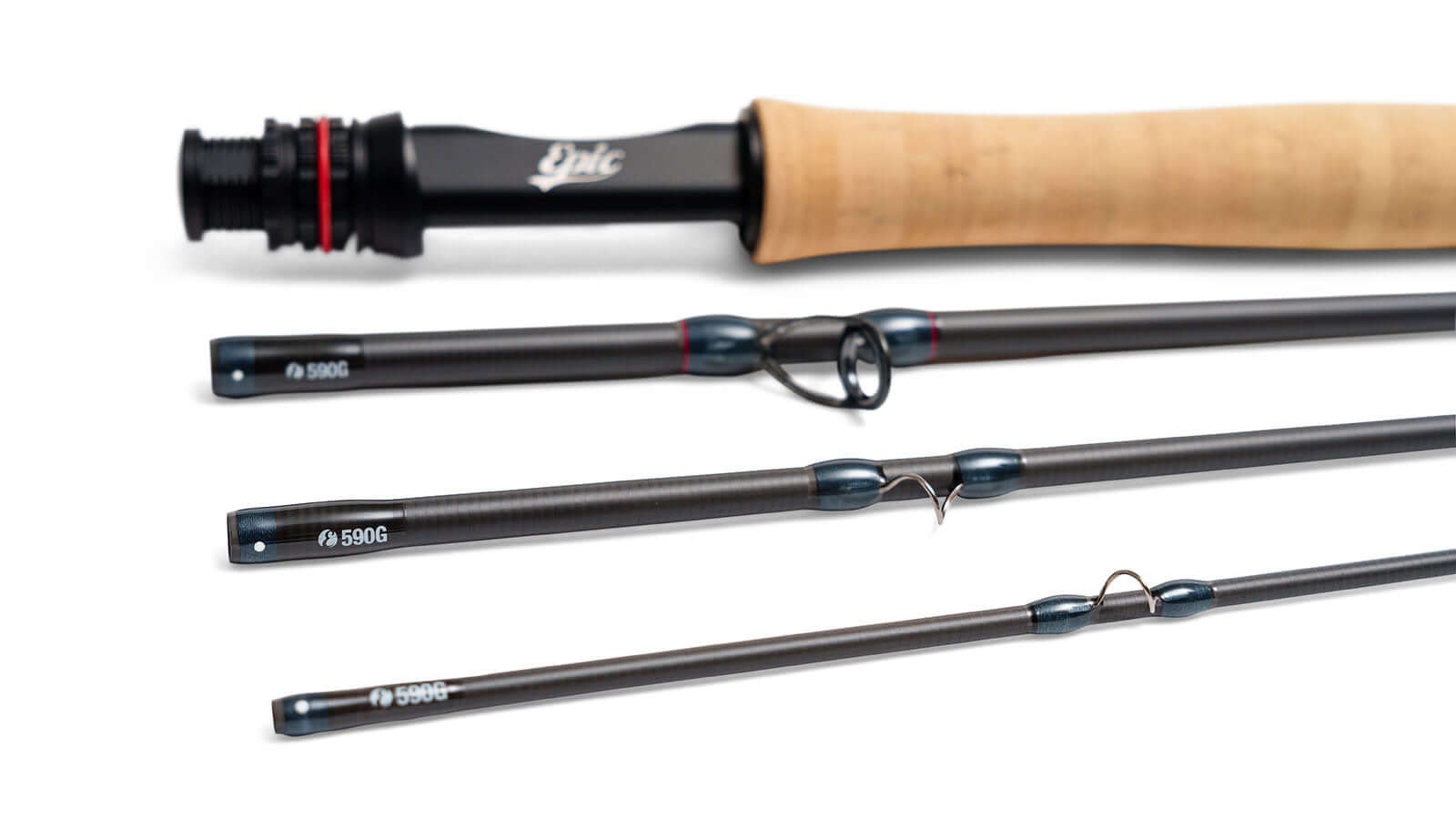Is a High End Fly Rod Worth it?
A fly angler who is experienced will appreciate the value of a quality fly fishing rod and can help improve his experience. Quality fly rods are built using quality material and components, they tend to be more durable, better built and less prone to breakages. Fly rods have undergone major improvements in material and design over the past century.
What You Need to Know About Choosing the Best Fly Rod for Fly Fishing
If you’re a new fly fisherman, you may be feeling overwhelmed by the number of options when it comes to selecting a fly rod. There are so many different types, sizes and lengths of rods on the market that it can be hard to know where to start. It is important to understand the differences between them and how they will affect your fishing experience. Let’s break down what you need to consider when choosing the best fly rod for your fly fishing needs.

6 points to consider when looking at the best fly rod for your needs
-
Fly Rod Action
The action of a fly rod is the amount of flex that the rod has. There are three different types of action: fast, medium, and slow. Fast action rods are good for making quick, powerful casts, while slow action rods are better for making delicate, accurate casts.
-
Fly Rod Material
Fly rods are typically made from either graphite or fiberglass. Graphite rods are lighter and more sensitive, while fiberglass fly rods are heavier and more durable.
-
Length
Fly rods come in a variety of lengths, from 6 feet to 9 feet. The length of the rod you need will depend on the type of fishing you plan on doing. For example, if you want to fish in small streams, a shorter rod will be easier to manoeuvre. If you want to fish in larger rivers, a longer rod will give you more power.
-
Fly Rod Weight
"Weight" is a confusing term when it comes to fly rods. the Term weights actually refers to the power of the fly rod. A 1 weight being very small and light, a 12 weight be very big and powerful. The actual weight or mass of a fly rod is measured in grams or ounces and corresponds to the size of the line that the rod can handle. For example, a 3-weight rod can handle a 3-weight line, which is smaller than a 4-weight line. The weight of the rod you need will depend on the type of fish you plan on catching. For example, if you want to catch small trout, you will need a lighter rod than if you want to catch large salmon.
-
Price
Fly rods range in price from around $100 to $1,000 or more. The price of the rod will depend on the quality of materials and construction, as well as the brand name. Generally speaking, higher quality rods will cost more money. However, there are also some very good quality fly rods available at lower price points
-
Fly Rod Brand
Finally, it is also worth considering the brand of fly rod you purchase. Some of the most popular brands include Epic, Orvis, Sage, and Scott fly rods
Size & Length of the Fly Rod
The size and length of the rod is one of the most important factors that goes into choosing a rod for fly fishing. The size refers to the weight of the line you’ll be using, while the length will determine how far away you can cast your line. Generally speaking, heavier lines require larger rods and longer rods are better suited for casting farther distances. Heavier lines also allow you to cast heavier lures and fight larger fish, so if this is something that appeals to you then opting for a bigger rod might make sense.
Action & Flexibility
The action of a fly rod will determine how flexible it is when casting and retrieving your line. A fast action rod is stiffer and more rigid than a slow action rod which has more flex throughout its entire length. Fast action rods are great for experienced anglers who need increased accuracy when casting their line, while slow action rods are better suited for beginners who don’t yet have full control over their casting techniques.
Materials & Construction
The materials used in constructing your fly rod can also affect its performance in various ways. Some materials like graphite are lightweight but have less power than other materials such as fiberglass or bamboo. Graphite is also very sensitive and can detect even small vibrations from passing fish which makes it ideal for detecting strikes quickly while still providing plenty of power when fighting larger fish. Fiberglass or bamboo rods provide extra strength which makes them great choices if you plan on targeting large gamefish like salmon or steelhead trout.
Conclusion:
Choosing the right fly rod can be an intimidating task for new anglers but with some knowledge about size, length, action, materials and construction, making an informed decision becomes much easier!
Different conditions require different kinds of rods so research all your options before settling on one particular model that fits your needs best! Knowing what kind of fish you want to target, budget constraints and type of water body will help narrow down your choices significantly so take all these factors into consideration before deciding on the best fly rod for your next trip
What is a 4 weight fly rod good for?
Overall 4 Wt fly fishing rods are more finesse rods - better suited to small fish with delicate presentation and pleasant climates. In dry fly fishing most fishers use 4-6Wt rods, which are more capable of delicately landing a fly in front of rising fish — especially flies.



